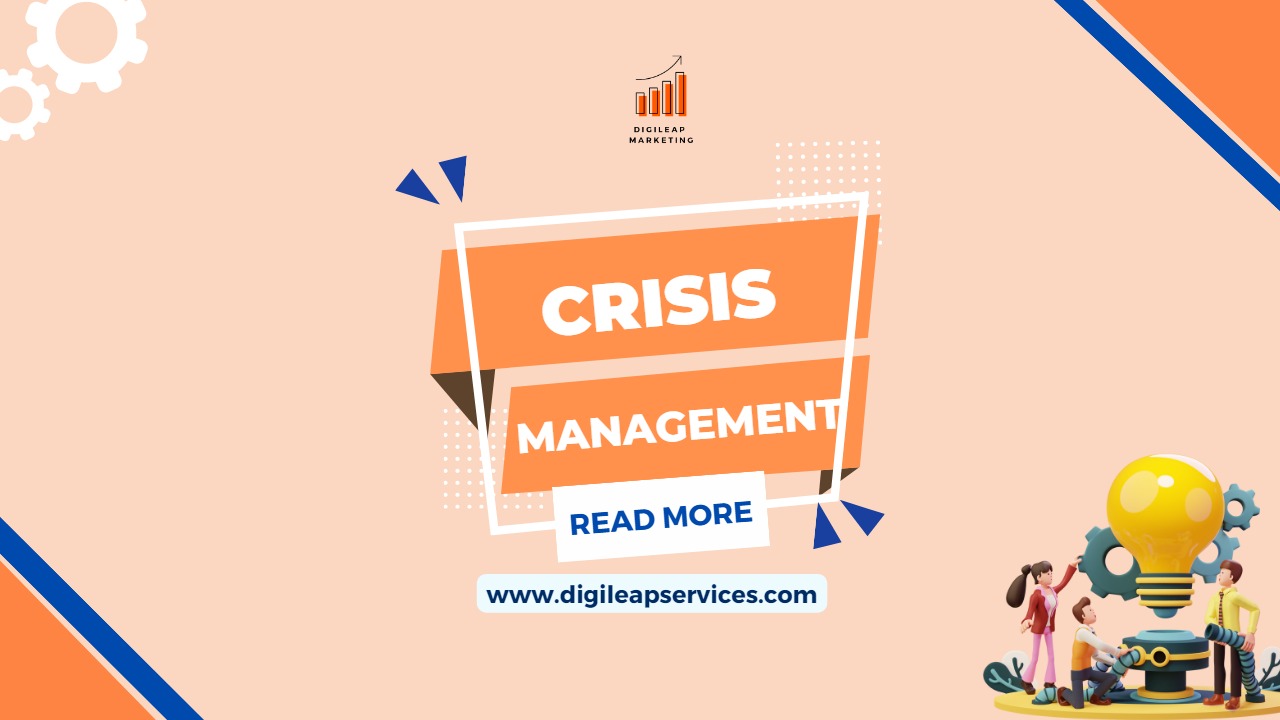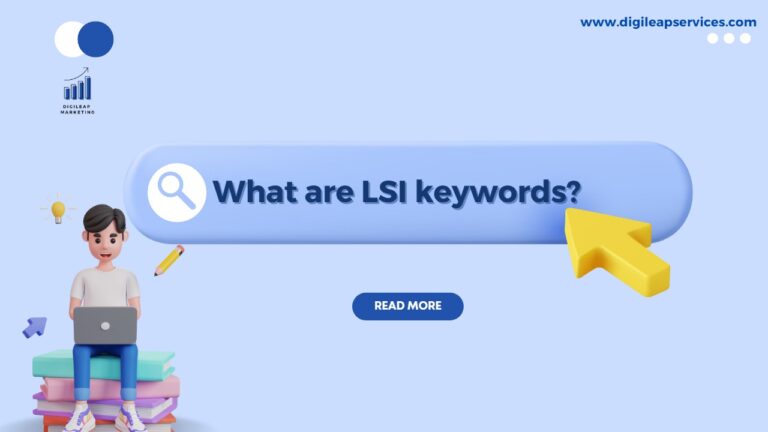Crisis management an Ultimate Guide
It is the use of strategies to minimize the loss to stakeholders during a disruption in business activities. Crisis management is an essential component of all types of organization operations, including public, private, and non-profit organizations. An examination of prospective disasters is enough to convince most firms that it would be unwise not to have a strategy in place. The strategy specifies what to do to safeguard the company against foreseeable crises, how to deal with unforeseeable crises, and how to get back on the road following these crashes. The specifics of the strategy will vary depending on your business type, industry, or age.
Crisis management is broader than situation response since it encompasses all operations aimed at defusing a crisis. This comprises recognizing the risk of crisis, resolving the problem, and learning from the event, as explained further below:
- Making a Crisis Management Plan Before a Crisis
- Crisis Response: What to Do in a Crisis
- Evaluation of Crisis Management Plans: Key Learnings to Inspire Future Efforts
1. Pre-Crisis: Development of a Crisis Management Plan
Traditionally, planning for a crisis entailed establishing tools and strategies based on previous events that were likely to reoccur. Today, crisis preparedness entails both past experience and adaptability to the unknown. Globally, business leaders and crisis managers are facing difficult times. The difficulty of dealing with unexpected or unanticipated conditions is clear. But the task has also been exacerbated by other variables such as poor communication links, poor observation and interpretation of the terrain, and the modern business environment’s rising susceptibility. The investigation of threats, hazards, and vulnerabilities is known as risk assessment. Depending on the type of threat, doing such evaluations necessitates merging information from several sources. Most recorded occurrences, such as natural disasters, terrorist attacks, pandemics, and industrial mishaps, are primarily examined using historical data. Preparing for developing innovative hazards, on the other hand, may necessitate more flexible and adaptable plans. Understanding your category environment and common minefields is a solid starting point.
2. Crisis Response: What to Do in a Crisis
When a threat is imminent, or an unexpected incident (or series of events) precipitates a crisis, the second stage of crisis management may begin. The ability to respond to a crisis depends on obtaining precise and real-time information regarding the event’s progression. What precipitated this crisis? Who are the primary voices in the discourse, and where is it taking place? The operational and strategic departments then collaborate to evaluate the expected consequences, what assets and interests are at stake, the direction of the crisis, and the organization’s capabilities. Crisis can occur immediately or gradually through time. When it happens, it may be detected by us, monitoring programs, internet users, media, rivals, and so on. It is ideally spotted by the victim organization, allowing it to respond first – not your competitors. This is where the rubber hits the road in terms of your consumer and market intelligence skills.
3. Evaluation of Crisis Management Plans: Key Learnings to Inspire Future Efforts
A comprehensive investigation of the incident follows a crisis, which some organizations refer to as a “look back.” The origin of the crisis is investigated as the inquiry of what happened evolves into the question of why it happened. The extent of the harm to stakeholders is established, and restoration efforts are launched. Response activities are examined. The analysis highlights the crisis management plan and the organization’s strengths and weaknesses. When multiple teams are engaged, the process is thoroughly carried out at each level. The services of external organizations enlisted for the crisis are evaluated, if applicable.
There is a widespread idea that because you can’t see a crisis coming until it’s well on its way – and frequently until it’s already arrived – you can’t plan for it. But you can and should plan for crises. It is now necessary in our increasing internet world. With regular AI-powered monitoring of customer and market intelligence, organizations may detect a coming issue before it explodes. We know a spot where you can do all of that and more.












